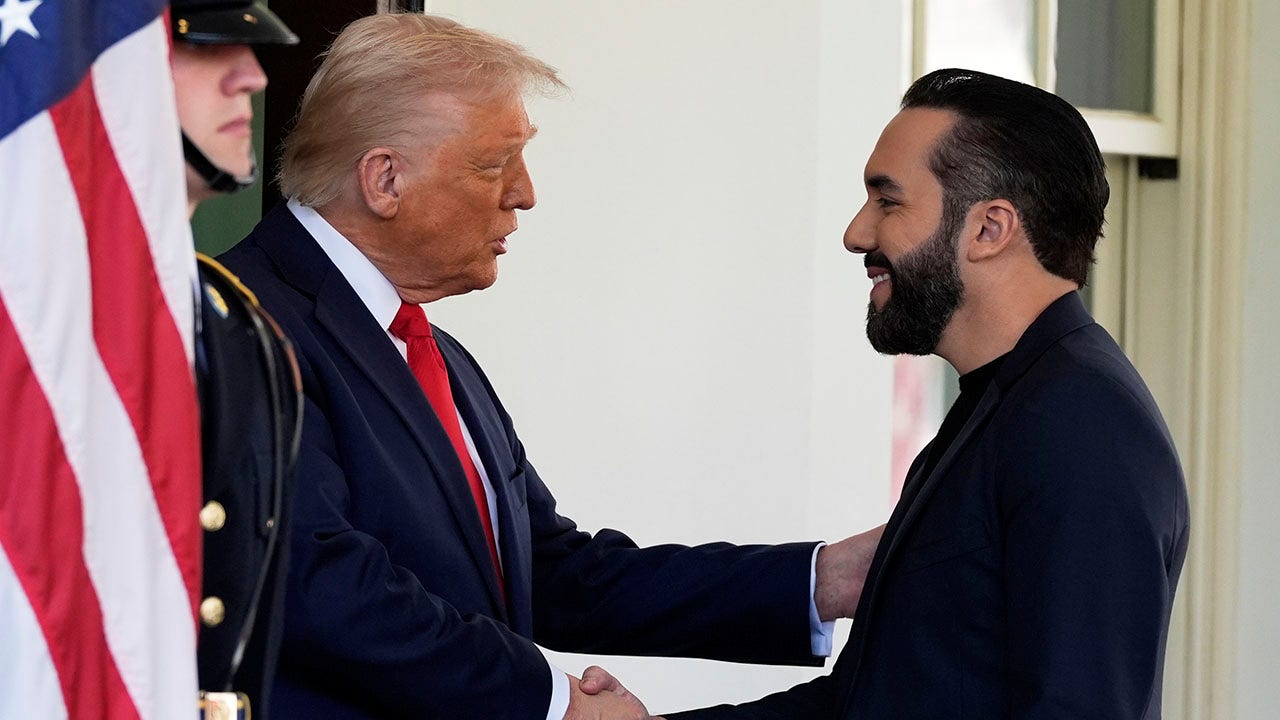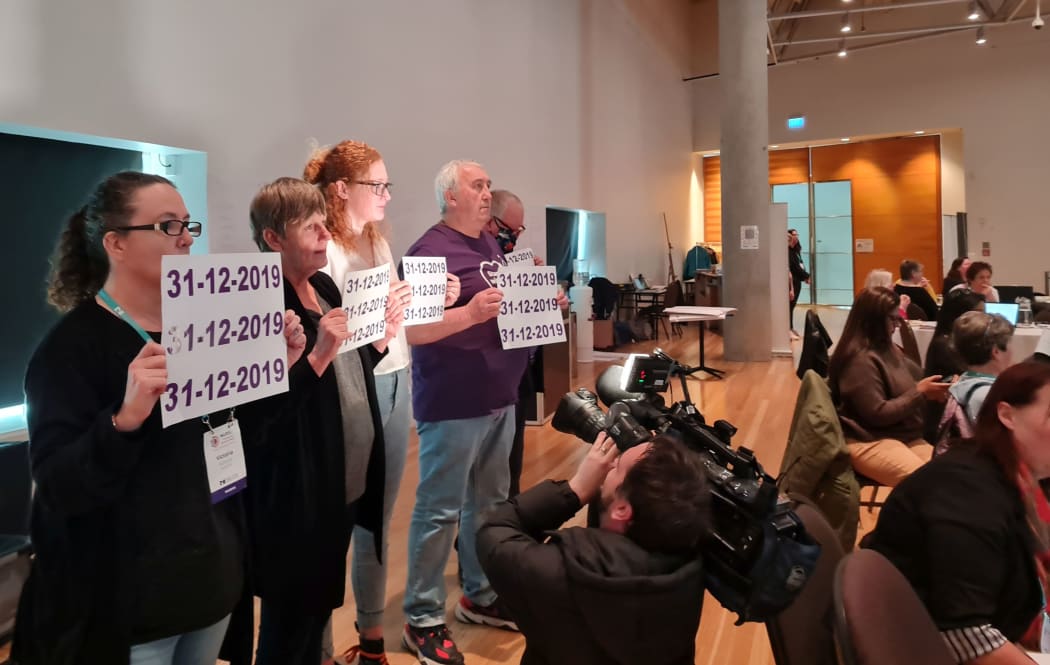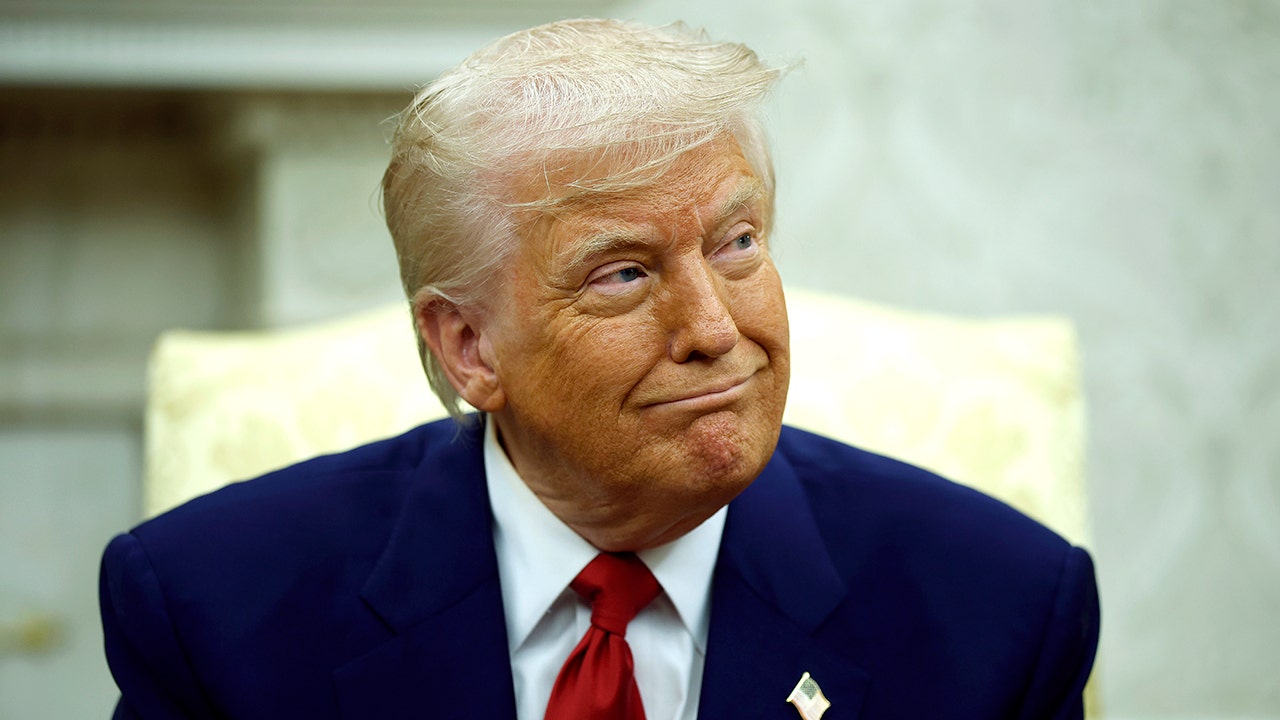The hot U.S. labor market has been the bright spot of a cooling economy in recent months. Employers keep hiring more people, as evidenced by robust payroll reports.
For instance, payrolls rose by 315,000 in August and 5.8 million for the past 12 months. And that brings overall employment now standing 240,000 higher than its pre-pandemic level in February 2020.
Strong payrolls have resulted in fewer jobless claims, which now stand at 215,000, according to a U.S. Department of Labor report released this morning. Meanwhile, unemployment—the percentage of the labor force without a job looking for work— hovers at multi-year low levels, even as the nation’s output, measured by GDP, has declined for two consecutive quarters—a situation which some observers would call a recession.
“The U.S. is in a period of historic levels of inflation, a technical recession with two-quarters of negative GDP growth, and yet there is a very tight labor market,” Michael Gibbs, CEO of Go Cloud Careers, told International Business Times in an email.
So, what’s behind this disconnect between the labor market and the rest of the economy? A couple of factors.
First, employment and unemployment are lagging indicators. Companies do not rush to hire and fire employees whenever their output needs change. They have to wait to ensure that the change in production is permanent rather than temporary. And they have to be concerned with hiring costs like recruitment fees paid to headhunters and severance payments.
“Companies are typically hesitant to hire and fire based on short-term data. Jeremy Babener explained in an email to IBT. “This is because the cost of training employees is too high. If you’re too pessimistic, you’ll let someone go and then need to train their replacement. If you’re too optimistic, you’ll hire someone, invest in their training, and then let them go. There’s too much ‘friction’ for companies to act on short-term data.”
Second, employment has been rising when labor productivity—the output the average worker produces—is declining. For instance, in the second quarter of 2022, labor productivity dropped at an annual rate of 4.1%. That’s due to a 2.7% increase in the working hours as output decreased by 2.1%. Compared to the second quarter of 2021, labor productivity dropped 2.4%, the highest decline since the first quarter of 1948.
The rise in working hours at a time output declines suggests that employers need to hire more people to produce a specific output.
That’s the wrong reason for employment to rise, as it leads to higher Unit Labor Costs (ULC), or ‘producers’ inflation. For instance, the latest ULC rose 12.7% in Q2 2022, well above consumer inflation, meaning higher labor costs are beginning to take a bite from corporate profitability.
What’s behind the decline in labor productivity? Babener sees multiple reasons, depending on the company. In some cases, it’s the shifting of work from the company to home, where workers are less focused on doing what they are supposed to do. In other cases, workers are less motivated to do the job.
“This can lead to the wrong kind of hiring for businesses – hiring more people to maintain the same level of work,” he said. “The right businesses will find ways to incentivize employees to lean in, show initiative, and feel a sense of pride in what they contribute.”
In addition, businesses will also find ways to cut labor costs through automation and layoffs, which could lead to a recession.
“Unfortunately, we are starting to see organizations begin to lay off nonessential personnel and invest in automation technologies to reduce the need for employees,” adds Gibbs. “With the current Fed policy of aggressive monetary tightening, we see a significant recession on the horizon




















Discussion about this post